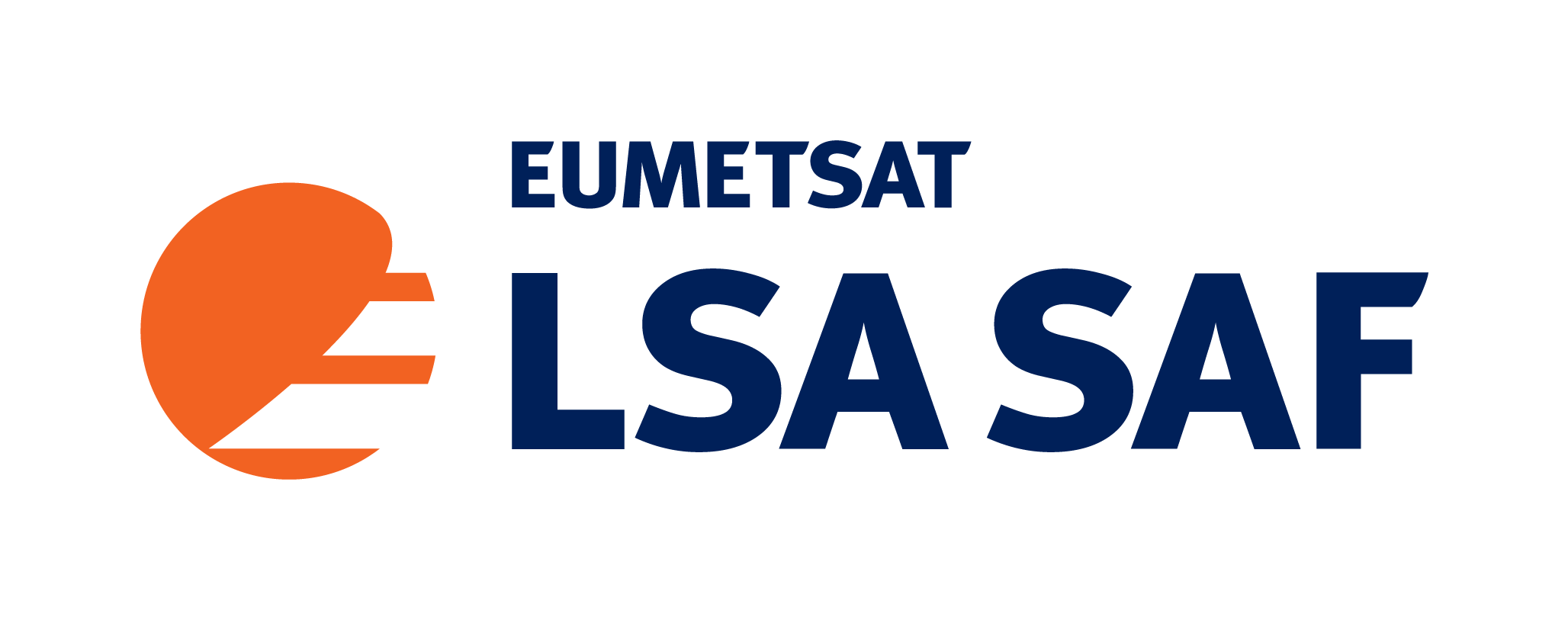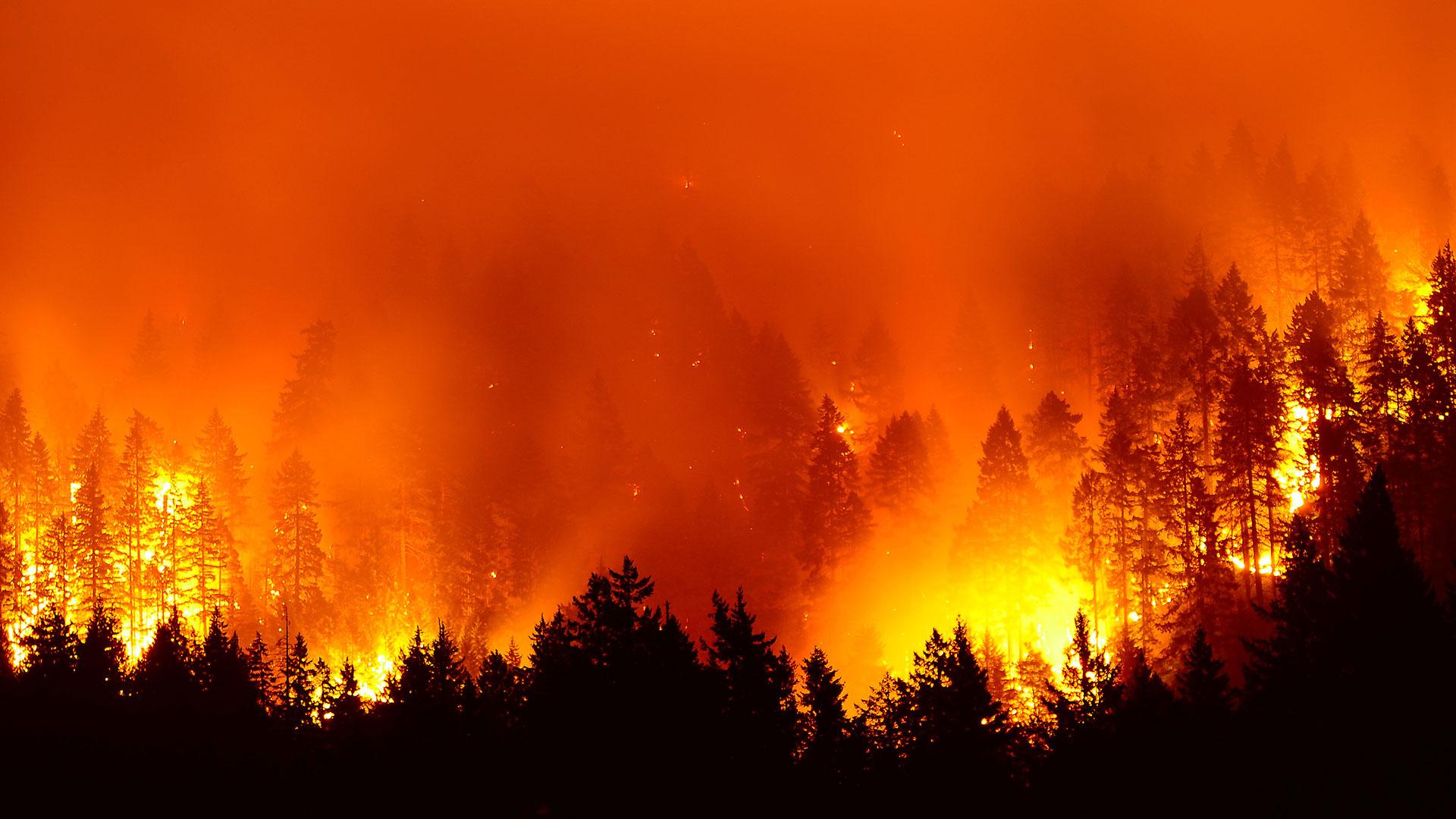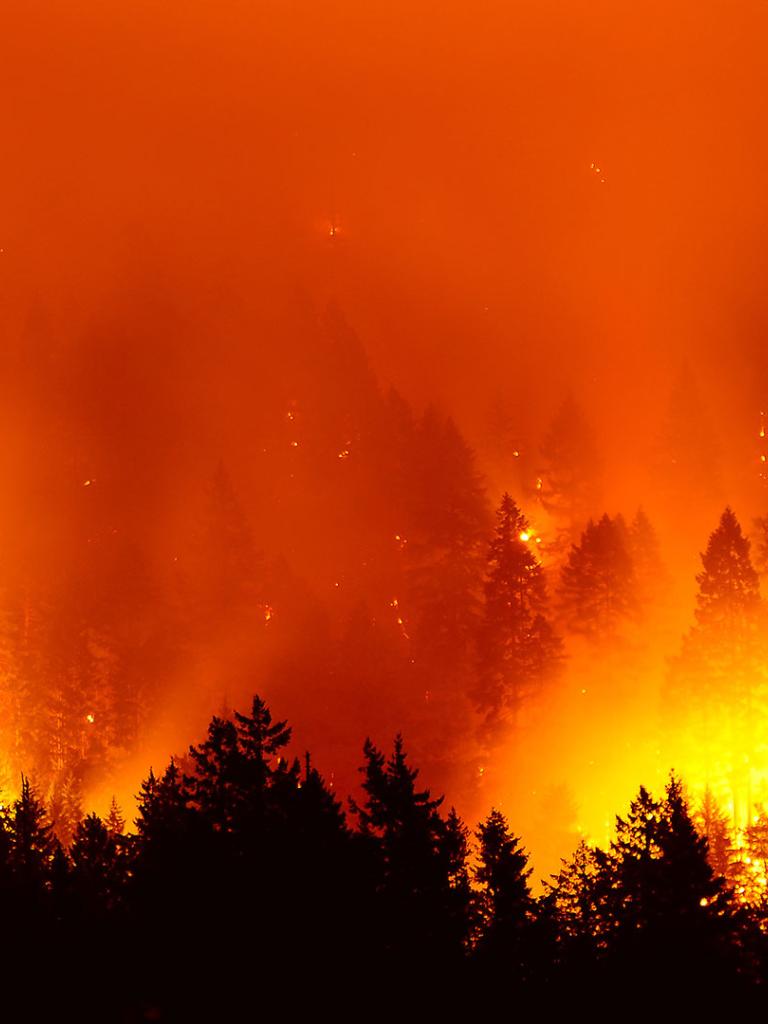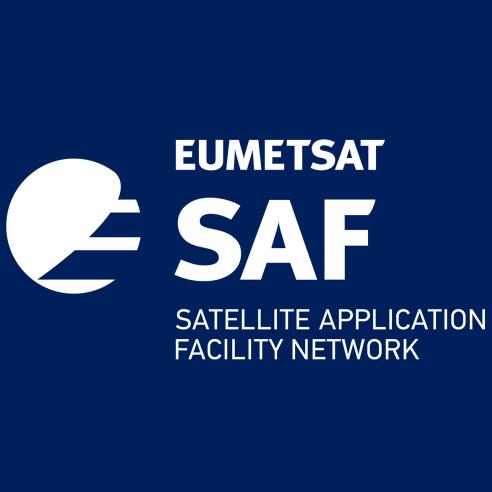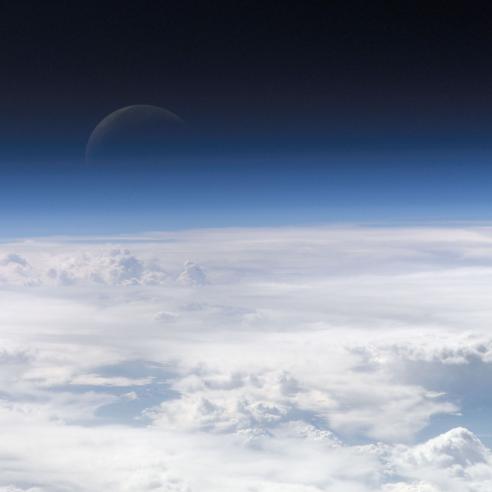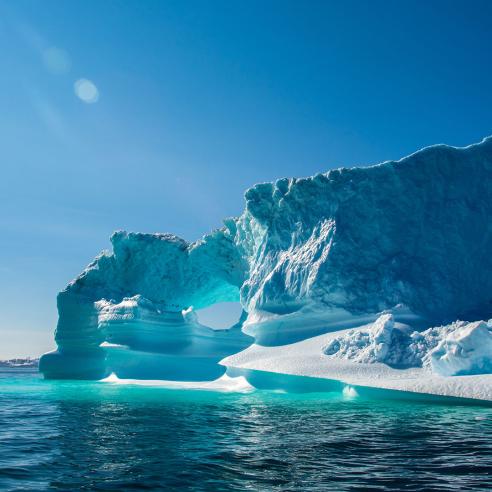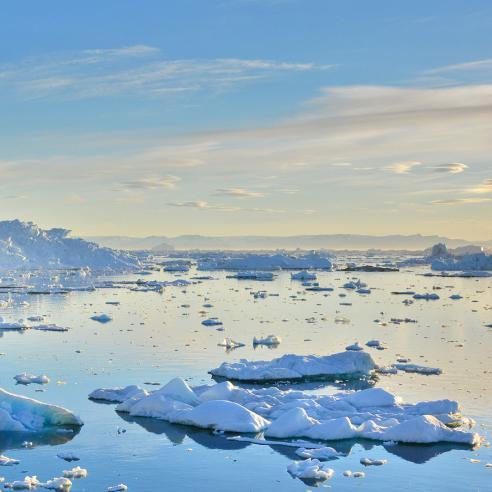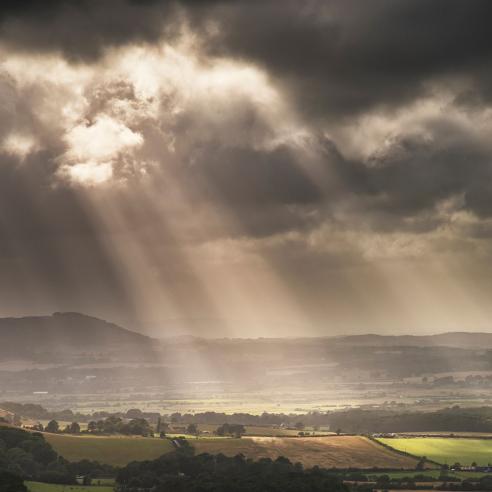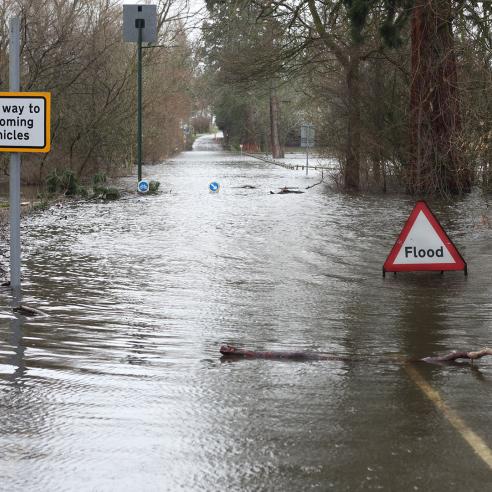28 February 2025
16 June 2020
The LSA SAF uses satellite observations to offer vital information for agriculture, forestry, land use planning and disaster management. By analysing parameters such as evapotranspiration, fire detection, and land surface temperature, the LSA SAF supports the monitoring and prediction of environmental changes. It aids in improving sustainable land management practices and helps forecast natural hazards like droughts or floods.
Find out more about the LSA SAF here.
